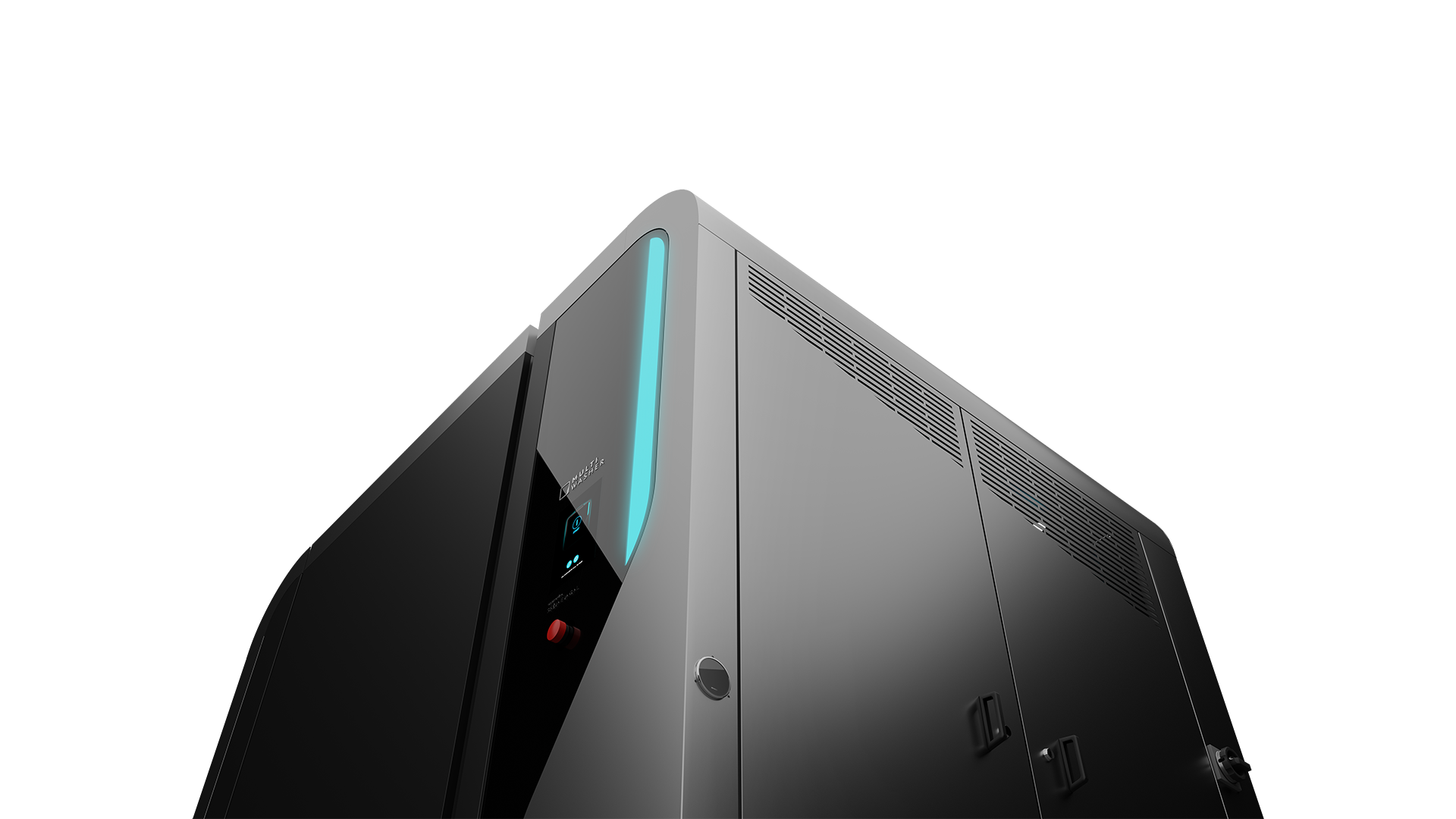Management / Articles
SWOT Analysis: a practical guide
A SWOT analysis provides a fresh perspective of every business. Discover its potential and how to use it.

 7 minutes of reading
7 minutes of reading
2023-02-23 17:58:02
A SWOT analysis forces you to think about your business in a strategic way. Its insights reveal where the company is strongest and help pinpoint untapped market opportunities – which makes any strategic planning more robust. This is what a SWOT analysis means and how to do it.
What is a SWOT analysis?
SWOT stands for Strengths, Weaknesses, Opportunities, and Threats. In other words, the SWOT analysis reveals a company’s strengths and weaknesses, as well as the external opportunities and threats it faces. What’s more, it is a simple, visual representation that anyone can understand.
In this type of analysis, strengths and weaknesses are the organization’s internal key attributes, whereas Opportunities and Threats stem from the competition and the aspects that customers value the most, unexploited market changes or risks to the business. SWOT analysis is usually represented graphically in 4 quadrants and is based on a few simple questions that help to fill each one.
For example, a SWOT analysis in Healthcare could be as follows:

What elements should be included in the swot analysis?
Let's take a closer look at each quadrant.
1. Strengths
Strengths designate what the company does particularly well, or attributes it has that distinguish it from the competition. Strengths are what make a business thrive. Examples might be a positive reputation, valuable intellectual property, an innovative mindset, low production costs, product variety, or a culture of innovation.
2. Weaknesses
Weaknesses are attributes or resources that the company lacks or factors that can make it vulnerable. For example, a company’s weaknesses could be a high level of debt, low customer satisfaction, long lead times, outdated equipment, or lack of agility.
3. Opportunities
Opportunities designate a set of external circumstances that, when taken advantage of, have the potential to make the company grow or to place it in a favorable strategic position. Examples may be entering new markets, consumer trends flowing in the direction of the company’s offering, or government support programs.
4. Threats
Threats are external forces that pose a risk to the business, that could block growth. Threats to a company can be political, economic, technological, legal or environmental, such as problems in the supply of raw materials, labor shortages or the emergence of new competitors and new products.
What is the SWOT analysis good for?
Performing a SWOT analysis provides important strategic insights into the company’s current position and the highest priority initiatives to develop. On the other hand, it can identify and anticipate risks, as well as improve the organization’s main weaknesses.
In addition, SWOT analysis aligns the leadership team, making it easier to reach an understanding about actions and strategies to develop. This is why the SWOT analysis is often the first stage of a broader strategic planning, i.e. it is the foundation on which a solid action plan can be built.
How to do the SWOT analysis?
The SWOT analysis should be conducted as a team, with people who have different perspectives and roles in the company. Then, together, simply answer the questions in each of the four quadrants.
Like many other strategic definition processes, the quality of the outputs depends on the inputs to the system. So, it is important to have relevant data that points to and substantiates strengths, weaknesses, opportunities, and threats. It may be useful to include an analysis of market trends, characterization of the competition, or any other pieces of data that reveal how the company is perceived by customers, as well as sales and marketing performance reports.
Once completed, the SWOT analysis is only the first step in strategic planning. The plan should include concrete steps to make the most of the strengths, and direct efforts to take advantage of the opportunities identified. Neutralizing weaknesses is also important, so that they do not hinder success.
When to do the SWOT analysis?
A SWOT analysis should be performed regularly, every three to five years, depending on the size and industry of the company. It should be reviewed annually, to detect changes that would otherwise go unnoticed or be identified too late.
In addition, the SWOT analysis should be performed whenever the company changes direction or faces a particular challenge. It can be useful, for example, if a particular unit is underperforming or to gain a deeper understanding of its product mix.
Who should do the SWOT analysis?
For a SWOT analysis to be effective, leaders must be deeply involved, in collaboration with several other people from sales, production, logistics, and marketing – to get the most comprehensive and representative perspective possible. Also, try to recruit external viewpoints, such as testimonials from customers and suppliers. The key is really to get different perspectives – and preferably first-hand.
In conclusion, performing a SWOT analysis is like taking an X-ray of your company, in search of information that would not otherwise be accessible. The next stage is to insert this information in a strategic map. Thus, you will be taking an important step in the continuous improvement of your company.
Investing in the improvement of your business also involves working with the right equipment. In the specific case of industrial washing, it is essential to count on machines that guarantee the perfect washing of any type of utensils, using the minimum amount of resources. This is the case of the MultiWasher, an industrial washing machine developed by Somengil that presents a state-of-the-art performance and efficiency. You can see it in action for yourself: schedule a webinar or contact our team.
You may also like

Management / Articles
Occupational Health and Safety: more relevant than ever?
In an organization, dangers lurk around every corner, even if you can’t see them. This is how Occupational Health and Safety can prevent accident...
Posted in 2022-11-10

Management / Articles
FMEA analysis: what it is, what it’s for and how to implement
FMEA analysis allows companies to detect critical failures before they happen. But what is it exactly and what are the major benefits for your or...
Posted in 2022-04-21

Management / Articles
Sweet disposition: the importance of an efficient layout
The design of a business layout seeks to optimize the disposition of people and materials, ensure the efficiency of operations and avoid accident...
Posted in 2021-11-04






















 Portugal
Portugal United Kingdom
United Kingdom United States
United States France
France Spain
Spain Germany
Germany Romania
Romania Italy
Italy Czech Republic
Czech Republic Finland
Finland Hungary
Hungary Slovakia
Slovakia Greece
Greece Lithuania
Lithuania South Korea
South Korea Russia
Russia Saudi Arabia
Saudi Arabia Poland
Poland Brasil
Brasil Hebrew
Hebrew